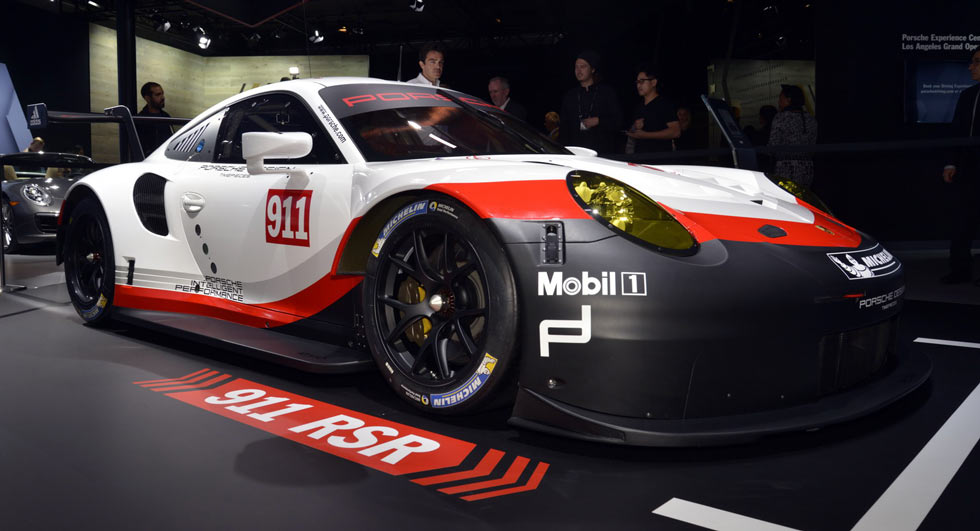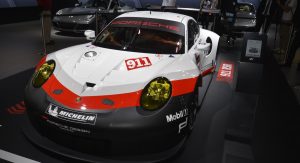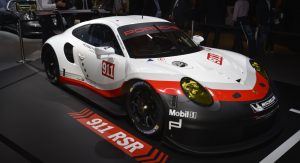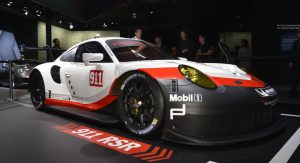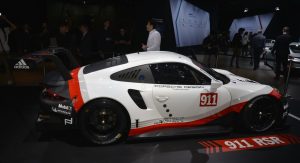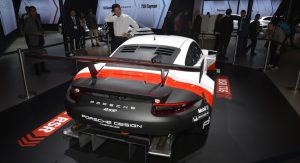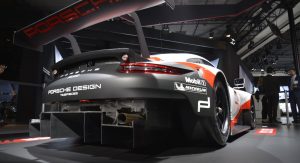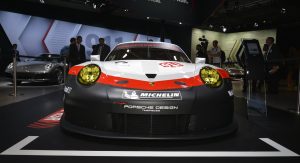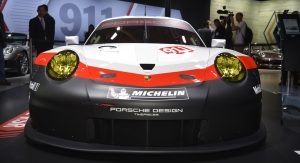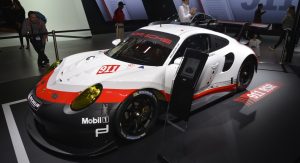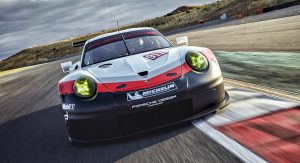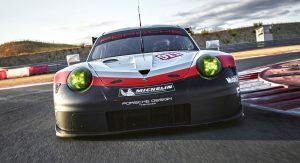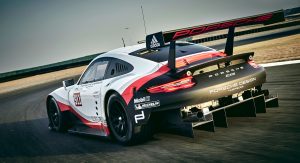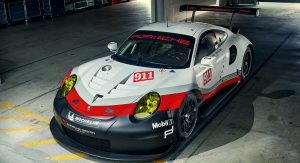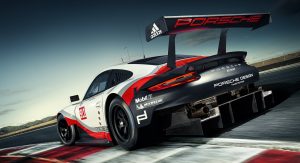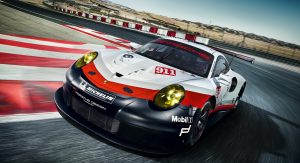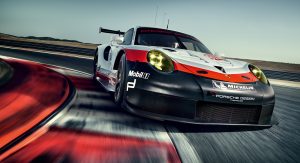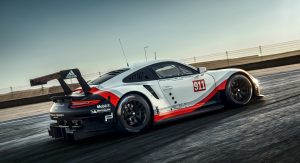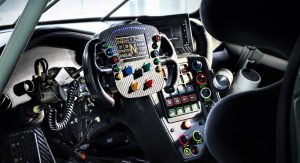Back in the 1990s, Porsche found a loophole in the BPR Global GT Series they were racing in and came up with the GT1 – a 911 taken to the extreme. Now, the newly released mid-engine RSR also exploits a technicality, but don’t expect it to spawn a different kind of 911 anytime soon.
The GT Series required teams to compete with racing cars based on their road-going models, that’s why Porsche built a limited-edition, street-legal batch of GT1 Straßenversions. The GTE rules, on the other hand, are much stricter – limiting power and weight – but Porsche still found a way to re-position the engine.
However, since it doesn’t bend any rules – as revealed by Dr. Frank-Steffen Walliser to Sportscar365 – Porsche doesn’t require a mid-engine 911 production homologation:
“The actual rules in GTE allow to optimize the position of the engine. No production car with this layout is planned and no waiver was granted.”
Porsche opted to relocate the engine in order to attain a weight balance advantage over the previous layout – which has proved to be a handful at times. Moreover, Walliser said a naturally aspirated powerplant was chosen for the same reasons:
“We finally opted for a normally aspirated engine exactly one year ago. The final go was a meeting between Dr. Blume [Porsche CEO] and myself in Bahrain. For the 911 concept, considering our actual engine lineup, a normally aspirated engine gives us more freedom in the car concept, e.g. weight distribution.”
But won’t it trail its opponents who are running turbocharged units? Not according to Walliser:
“The rules are written in a way that gives turbos and normally aspirated engines the same power and torque behavior,” he said.
It goes without saying that Porsche’s goal is to win the competition, starting with the car’s debut January’s Rolex 24 at Daytona.



